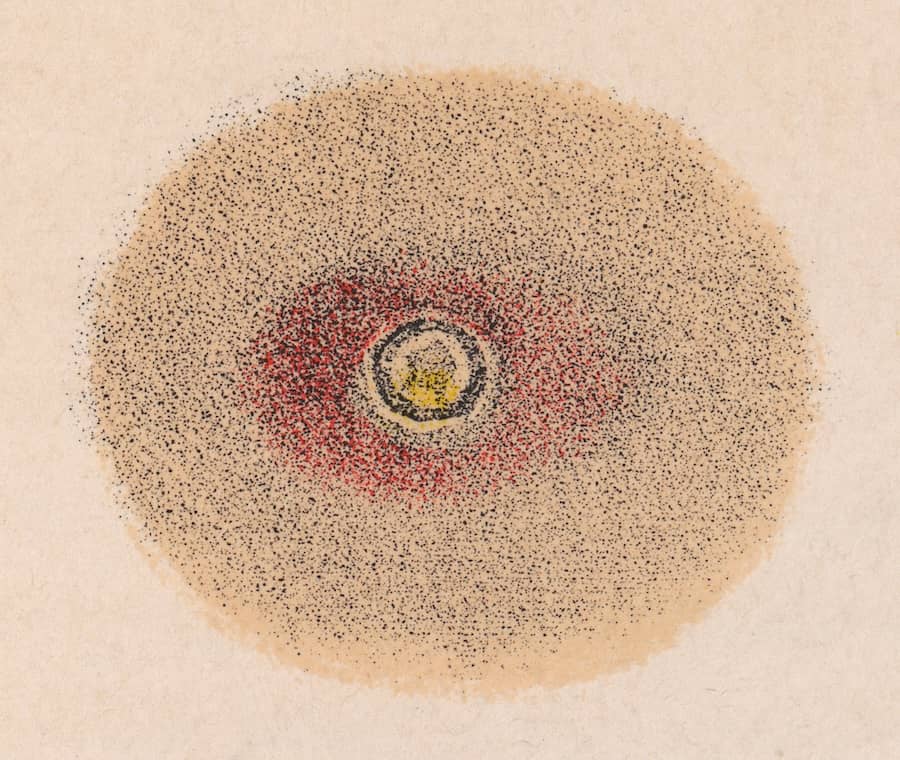What is a Chancroid?
A chancroid is a bacterial infection caused by Haemophilus ducreyi. It primarily affects the genital region, leading to painful ulcers and sores. While chancroids are now quite rare in developed countries like Singapore, they still occur in regions with limited access to healthcare, making awareness and prompt treatment essential.
Symptoms of Chancroid
The primary symptom of a chancroid is the development of painful sores or ulcers on the genitalia. These sores typically appear between one day to two weeks after exposure to the bacteria. The ulcers can be tender and may even bleed upon contact. Men usually develop a single sore, while women might have multiple ulcers.
The key signs to look out for include:
- Painful ulcers on the genitals
- Swelling in the lymph nodes of the groin, which can form abscesses
- Soft, non-indurated (not hard) sores with irregular borders
- Pus-filled sores that may rupture
It’s essential to distinguish chancroid from other STIs, such as syphilis, which also causes genital sores. However, syphilis ulcers are generally painless. If you notice any unusual symptoms, seeking immediate medical attention is crucial to getting the correct diagnosis.
For a full overview of STD symptoms, check out our dedicated guide.
How is Chancroid Diagnosed?
Diagnosing chancroid can be tricky since it shares symptoms with several other STIs. Doctors will often conduct a thorough physical exam, inspect the ulcers, and possibly run tests to rule out other infections like gonorrhoea or herpes.
If you suspect any STI, visiting a STD clinic for a comprehensive check-up is the best step forward.
Incubation Period of Chancroid
The incubation period for chancroid is relatively short compared to some other sexually transmitted infections. Typically, symptoms begin to appear within 1 to 14 days after exposure to the Haemophilus ducreyi bacterium.
During this time, you may not experience any symptoms, but the infection is still present and can be transmitted to others. As soon as the ulcers appear, they tend to develop rapidly, becoming painful within a matter of days. It is during this period that chancroid is highly contagious, so seeking medical attention at the first sign of symptoms is crucial to prevent further transmission.
Treatment Options for Chancroid
The good news is that chancroid is a bacterial infection, meaning it can be treated effectively with antibiotics. The common medications prescribed include:
- Azithromycin: A single dose to combat the infection.
- Ceftriaxone: An injectable antibiotic, often used in severe cases.
- Erythromycin: Typically taken over the course of a few days.
- Ciprofloxacin: Another oral antibiotic option.
If left untreated, chancroid can cause complications, including the formation of scars and an increased risk of contracting other STIs, particularly HIV. Open sores make it easier for viruses like HIV to enter the body, so individuals with chancroid are at higher risk.
For those concerned about HIV exposure, consider learning more about HIV testing and prevention methods like HIV PrEP and PEP.
Preventing Chancroid
While the prevalence of chancroid in Singapore is low, the best way to prevent infection is by practicing safe sex. Here are a few key prevention strategies:
- Use Condoms: Consistently using condoms during vaginal, oral, and anal sex significantly reduces the risk of contracting chancroid and other STIs.
- Get Regular STI Screenings: Regular visits to an STD testing clinic ensure any infections are caught early, preventing complications.
- Limit Sexual Partners: Having fewer sexual partners lowers the chances of coming into contact with someone who may be infected.
- Communicate: Before engaging in sexual activity, talk to your partner about their STI status and encourage testing.
In case you’re exposed to any STI, it’s important to seek early treatment. For those who may be at higher risk, discussing preventive options like HIV prevention with your doctor is a wise move.
Chancroid and HIV Risk: What You Need to Know
One of the major concerns surrounding chancroid is its relationship with HIV. The open, painful sores that chancroid causes can make it easier for HIV to enter the bloodstream. According to research, chancroid can increase the likelihood of both transmitting and contracting HIV.
This highlights the importance of not only treating chancroid promptly but also following up with an HIV test, especially if you have been exposed to multiple partners or live in areas with high HIV rates.
For those who test positive for HIV, early intervention is key. Fortunately, HIV treatment has come a long way, allowing individuals to lead long, healthy lives.
Stay Ahead: Protect Your Sexual Health
Though rare, chancroid is a serious infection that requires prompt treatment. The key to protecting yourself is awareness, regular testing, and safe sexual practices. If you notice any symptoms or have concerns about STIs, don’t hesitate to visit your local STD clinic for advice and testing.
At Shim Clinic, we offer comprehensive screening and treatment options to help you stay on top of your sexual health. Be proactive—your health and the health of your partners depend on it.

